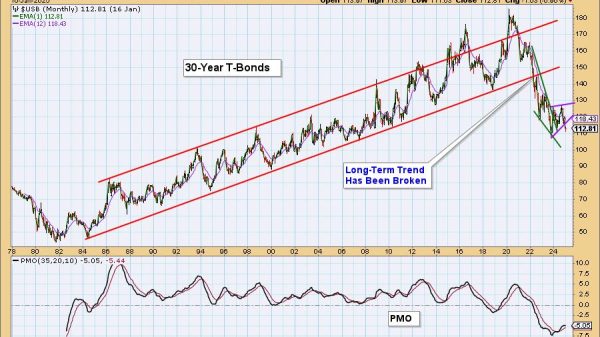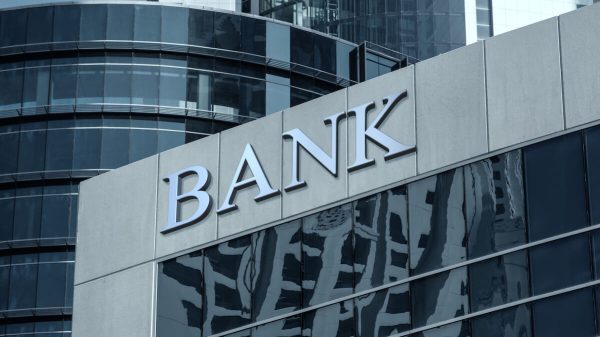Many historians labeled the twentieth century as the American century, with many metrics used. The end of the Cold War in 1989 and the fall of the Union of Soviet Socialist Republics in December 1991 changed world affairs: several new countries formed, the Warsaw Pact dissolved, the economy of China rose, and many US military bases shut down. The twentieth century wound down with the US as the world superpower, and yet the vision of the 1990s was not clear for our political and military leaders going into the twenty-first century.
One definition of bankruptcy is “utter ruin, failure, depletion, or the like.” Entering the third decade of the twenty-first century with the perspective to see what has occurred since 2000 reveals this century is becoming the American bankruptcy. One US view of bankruptcy is when a private business, person, bank, government, or other nonprofit entity is financially unsound. Institutions, ethics, government, spirituality, education, etc. can also be bankrupt. Part of a prior Mises Wire article addressed two counties, one major metropolitan city and one territory, that went through and emerged from federal bankruptcy.
Many individuals, leaders in areas of public life, and foreign nations look to America for clarity and influence on culture, ethics, finance, governing, and public policy. The examples of ethical, financial, and governing bankruptcy show America is a shining example of utter failure.
Some of the largest bankruptcies of private businesses in federal courts since 2000 started with Pacific Gas and Electric in April 2001, $36 billion; Enron in December 2001, $65 billion; WorldCom in July 2002, $102 billion; Lehman Brothers in September 2008, $691 billion; General Motors in June 2009 (largest ever US automaker bankruptcy), $82 billion; and Lyondell Chemical in June 2009 (largest US petrochemical producer bankruptcy), $27 billion.
Four banks have filed for receivership by US bank regulators: Washington Mutual in September 2008, $327 billion; First Republic Bank in May 2023, $229 billion; Silicon Valley Bank in March 2023, $209 billion; and Signature Bank in March 2023, $110 billion. Of the 566 bank failures since the year 2000, Signature Bank is the only one to fail on a Sunday. Over 95 percent of bank failures occurred on Fridays.
Some famous US retailers have filed for bankruptcy since 2000 with some going out of business, like A&P supermarkets, Bed Bath & Beyond, Blockbuster, Borders, Compaq, Dressbarn, Family Christian Stores, Kmart, Lord and Taylor, Luby’s (Texas cafeteria chain), Modell’s Sporting Goods, Montgomery Ward, Payless ShoeSource, Pier 1 Imports, Radio Shack, Ringling Bros. and Barnum & Bailey, Sears, Solyndra (solar panels), Sports Authority, Stein Mart, Theranos, Toys “R” Us, Tuesday Morning, and the Weinstein Company.
The coronavirus outbreak and the subsequent lockdowns brought about educational, financial, governing, medical, and policy bankruptcies at the local, state, and federal levels on a public scale not seen in many years. The results in each area will be felt for many years in children, education, families, finance, business, government, etc. with incredible unintended results too numerous to mention.
Fiat as a noun is defined by dictionary.com as “an authoritative decree, sanction, or order.” This word describes the currency issued by many central banks today. Fiat currency was issued to fund the federal government–authorized coronavirus financial relief programs on a breathtaking scale, showing the economic and governing bankruptcy on clear display. Two books written by Peter Schweizer, titled Clinton Cash and Secret Empires, detail the business, ethical, financial, and governing bankruptcy at the federal level on a scale where one should have trouble sleeping at night.
Boy Scouts of America filed for federal Chapter 11 bankruptcy in February 2020, amid the ongoing payouts of claims to victims tied to many years of child sexual abuse allegations, legal battles with insurance companies, and declining membership. They emerged from federal bankruptcy in March 2023, a greatly reduced organization with substantive reforms in place.
Many US Roman Catholic dioceses filed and emerged from federal Chapter 11 bankruptcy due to overwhelming monetary compensation paid to many victims of priest sexual abuse claims and diocesan cover ups. An Illinois Law Review paper published in 2013 reviewed Roman Catholic and Protestant churches that filed for federal Chapter 11 bankruptcy between 2006 and 2013.
Chapter 11 bankruptcy described in the Illinois Law Review shows it has the potential to offer religious organizations an avenue to rehabilitate their operations following economic downturns, failures and transitions in leadership, and standstills in negotiating with creditors.
Some common themes among these bankruptcies include poor leadership disconnected from their customers, followers, and members; leaders letting the power of their position go to their heads; using the group’s treasury as an unending source of money to fulfill their selfish desires; boards of directors, staff, and leaders who lacked courage to say the truth to their group’s leaders about what ailed their group; and lack of applying sound principles of budgeting.
Some outcomes from these federal Chapter 11 bankruptcies led to debt holders losing value, debt repayments being renegotiated with each lender, new renegotiated loans with a repayment plan being issued, some property liquidations occurring, etc. We must not forget the scale and depth of bankruptcy in its many forms which greatly infects the people and workings of the federal government and public policy in Washington, DC.
Many people in the US have come or are coming to the reality that many businesses, educational, government, nonprofit, and spiritual entities are bankrupt to their very core, financially and spiritually. The length, depth, and width of the twenty-first century American bankruptcy pierces deeply into most private and public institutions we see.
The sooner this bankruptcy reality is accepted, assessed, and addressed is where real healing and progress can begin, with some entities being retired and new ones formed to benefit the people they serve. Hopefully for some of these entities, this new post-bankruptcy reality will result in a newly created board of directors and staff who are more focused on those they serve. Some solutions will be initiated at the local level where situational understanding is best. The direction of each entity when it emerges from federal bankruptcy is hopefully humility, which hammers home the perspective that mistakes are made and can be learned from, moving forward with a focus to benefit families and communities.























